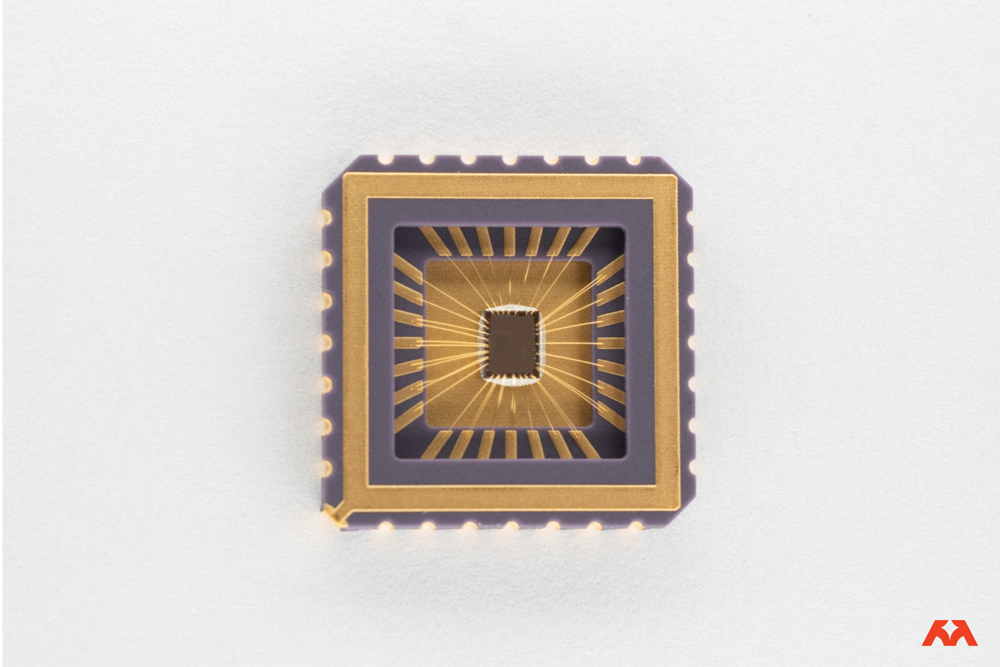Autonomous machines are often considered the keys to space exploration. Magics Technologies brings together the core disciplines of radiation hardening, integrated circuit design, and machine learning to enable the next generation of reliable autonomous machines for harsh environments. Magics is a remarkably fast-growing company. Started in 2015 as a spin-off from KU Leuven and Belgian Nuclear Research Center (SCK-CEN), the team already consists of more than forty specialists. What is the magic ingredient in Magics’ success that guided them from a university auditorium to a well-established fabless semiconductor company? To find out, we talked to CEO and co-founder Jens Verbeeck.
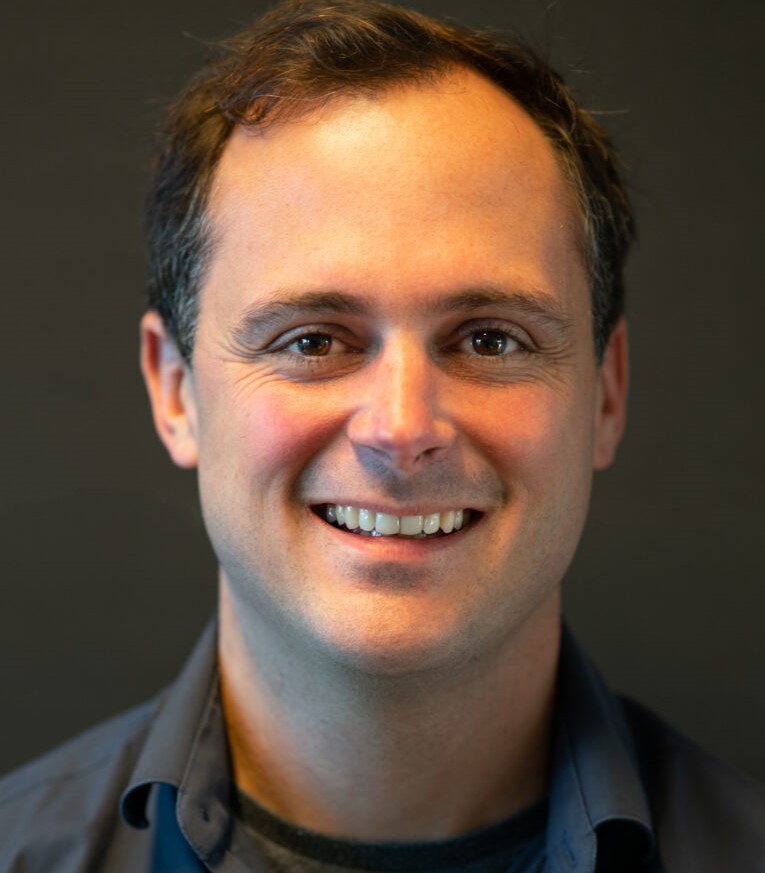
Jens Verbeeck is the CEO and co-founder of Magics Technologies. He graduated as Master in Industrial Sciences, with a focus on electronics in 2007. Jens gained his first professional experience at Intersoft Electronics as electronic hardware engineer. He pursued a PhD degree in Electrical Engineering from the Department of Electrical Engineering (ESAT) of KU Leuven. Based on this research he co-founded together with Ying Cao Magics Technologies, which specialises in the design of semiconductor chips and machine-learning-based smart sensors.
It all started at KU Leuven where Jens was working on his PhD. Together with Ying Cao, the current CTO of Magics, they were part of MICAS research group dedicated to integrated circuits and sensor design. Their main goal was to create an optical measurement device capable of surviving in very high radiation environments.
Jens explains: “We were working on a LiDAR for the Belgian Nuclear Research Center. My task was to design a transimpedance amplifier, meanwhile Ying was focusing on a time-to-digital converter (TDC). To do this, we used a commercial CMOS technology through EUROPRACTICE and developed a design methodology to make this technology resistant to very high levels of radiation. In our case, this was above 1 MGy of accumulated radiation dose, which is 1000 times higher than the radiation doses that you can expect in space”.
Soon Jens and Ying noticed that there was traction in the market for the technology that they created. Indeed, their research could facilitate digital operations in harsh environments enabling design of compact and durable end products. Therefore, they made a decision to commercialize the technology. Jens elaborates: “First, we started an incubation phase with KU Leuven Research & Development, the technology transfer office (TTO) of the university. After we demonstrated that we could be self-sustainable and made our business case stronger, we became ready for seed investors. Our first external investor was Gemma Frisius Fund, which stimulates the creation and growth of KU Leuven spin-off companies.”
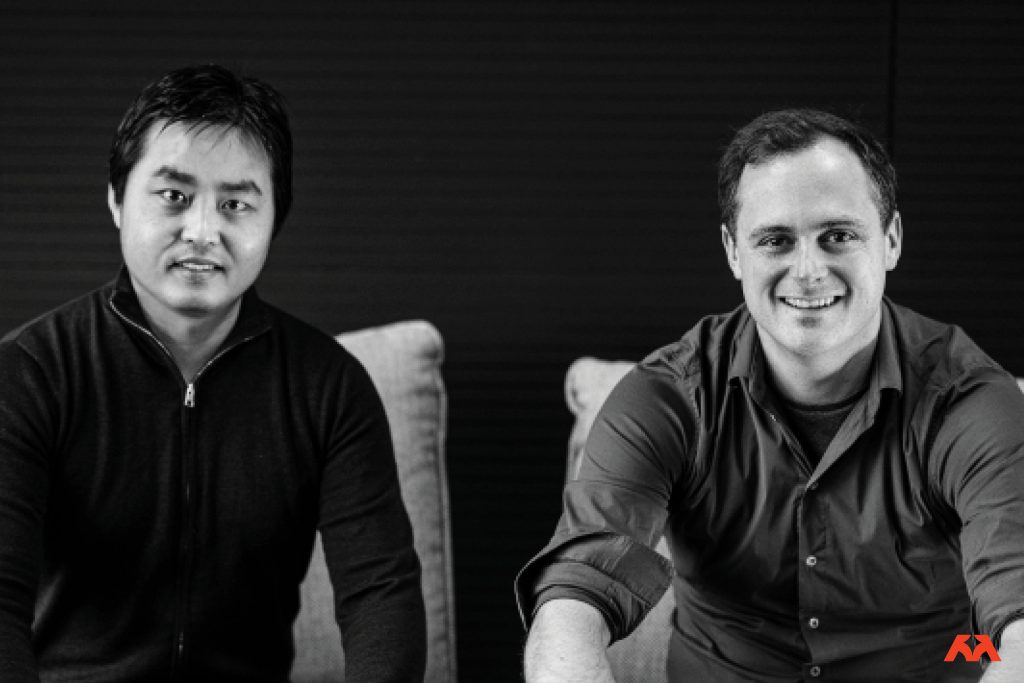
“Our first interactions with EUROPRACTICE started at the university. It is important that EUROPRACTICE makes CMOS technologies available through MPW runs, which allows to start initial technology explorations. When we became a start-up, we benefited a lot from the low-cost design tool license that EUROPRACTICE offers to academic spin-offs to produce a proof-of-concept IC. This affordable license offer makes it possible for a start-up to make prototypes and validate the market at a very low entry level when the funding is still very limited,” says Jens.
“EUROPRACTICE helped us build the foundations of our company. As a university spin-off, we could access MPW runs and design tool licenses at affordable pricing. Later, when our company was growing, EUROPRACTICE helped channel us towards good points of contact in the semiconductor industry. This helped us make the right decisions and negotiate good deals to further grow our business. Today, all our chips are still funnelled through a EUROPRACTICE partner imec.IC-link,” shares his experience Jens.
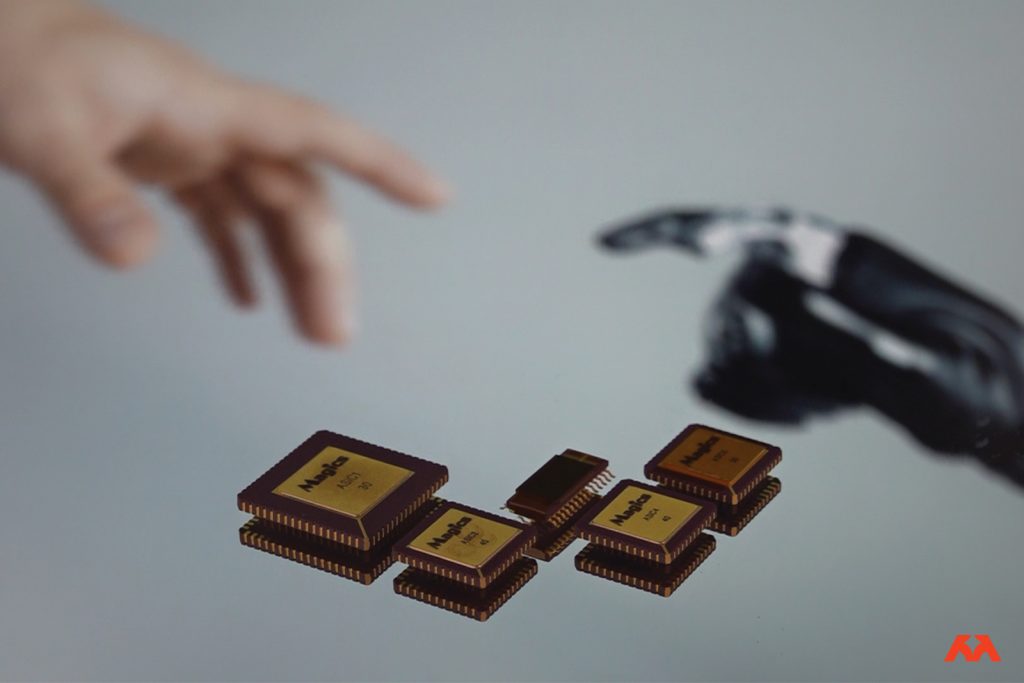
The mission of Magics is to create a portfolio of chips for nuclear and aerospace industries that will help Europe secure the supply chain for these application domains. Jens explains: “The geopolitical tensions and the COVID-19 pandemic made it clear that semiconductor technologies are valuable assets, especially in strategic sectors, such as space where lies the future of communication (take, for example, Star Link). What we want to do as a company is to make technology that helps Europe safeguard its strategic assets.”
Magics offers dedicated sets of reliable radiation-hardened chips. The Motion series offers solutions for motion control applications. The chipset can be used to control robotics in harsh environments or as part of subsystems for satellites, such as temperature readouts. “All our chips are validated by customers. This means that customers can purchase a number of our chips and see if they fit into their applications. If customers are satisfied with the initial results, they can purchase more chips, integrate them into their products and upscale them together with their products on the market,” explains Jens.
The Time series is dedicated to space applications. It started in 2018 with the support of the European Space Agency. The series includes a frequency generation ASIC that can be used in telecommunication satellites. Jens elaborates: “Just like human hearts give rhythm to our bodies, clock generation chips generate rhythm for telecommunication satellites. The other part of the time series is a time-to-digital converter that can be used in sensor readout systems, for instance, in LiDARS. We are proud to say that this is the best rad-hard single shot TDC with a time resolution lower than 8 picoseconds for accurate time measurements.”
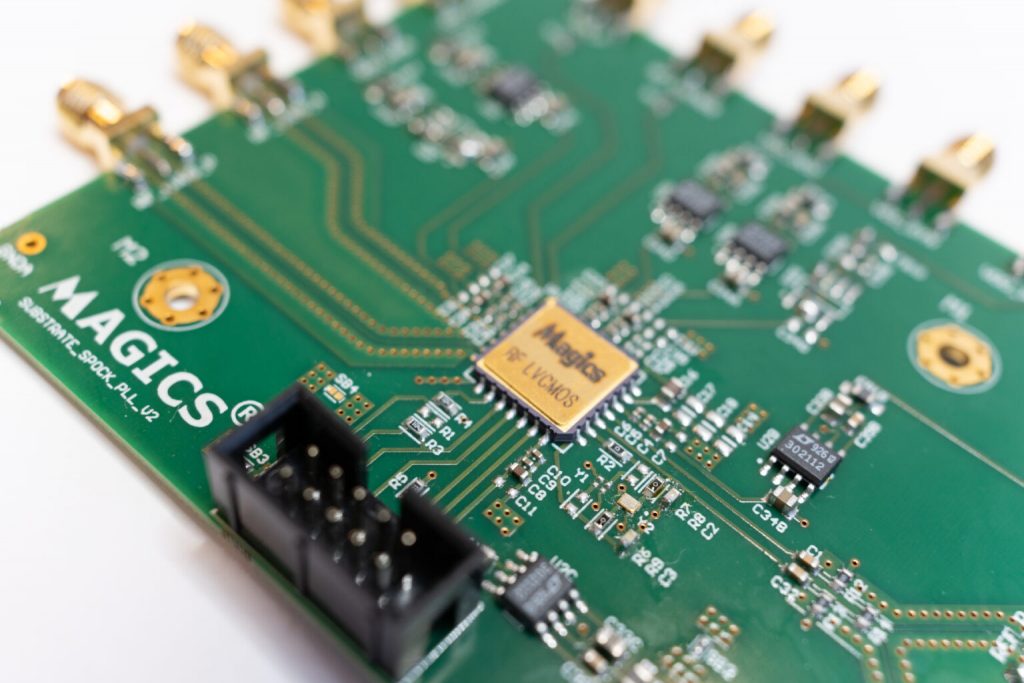
Today, Magics Technologies has 42 full-time employees. The plan is to double the staff and go above 10 million in revenues in the next two years. It is an impressive result to achieve within a decade. Has it been an easy journey?
“At first, as a researcher, you think you have the technology that will immediately conquer the world. But when you enter the industry, you realise that what you have done is only the beginning. Industrialising your technology requires nearly the same effort and time as the research itself. As a researcher, you often underestimate the challenges that lie ahead. This is why I would say that you must be a bit naive in the good sense of this word to start your own company. But I would have definitely done it again!” shares Jens.
“We can compare building a company to growing up. In the beginning, you are like a child who wants to explore a lot of things and thinks that everything is possible. But then you bump against the wall here and there. Only by continuously learning do you evolve from childhood to adulthood. I believe surrounding yourselves with experienced professionals and having the right support from the start is essential because if you grow fast and make a mistake, it will also grow exponentially. We were lucky to be supported by the EUROPRACTICE team, who knows the whole ecosystem well. I am convinced that we need to work together within the European microelectronics ecosystem to create strong semiconductor product companies in the region,” concludes Jens.
